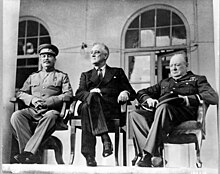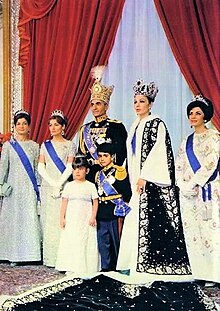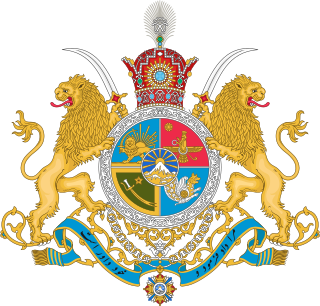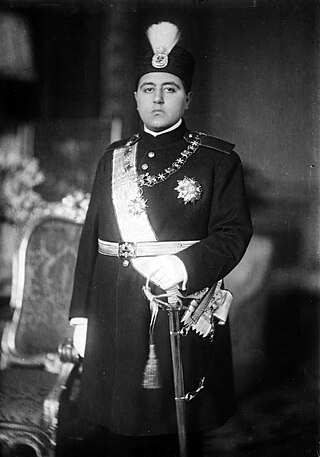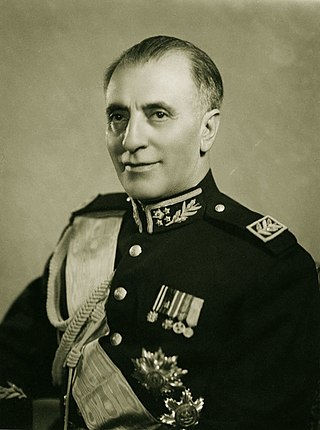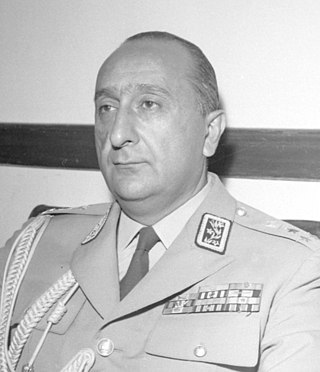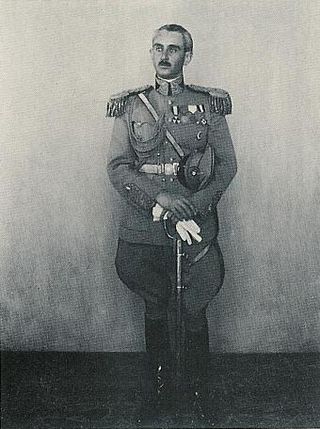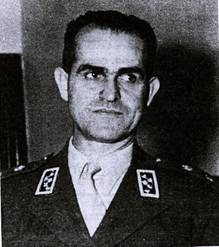This article needs additional citations for verification .(February 2011) |
Imperial State of Iran a | |||||||||
|---|---|---|---|---|---|---|---|---|---|
| 1925–1979 | |||||||||
| Motto: مرا داد فرمود و خود داور است Marā dād farmud o Khod dāvar ast "Justice He bids me do, as He will judge me" [3] | |||||||||
| Anthem: (1925–1933) سلامتی دولت علیهٔ ایران Salamati-ye Dowlat-e 'Aliyye-ye Iran "Salute of the Sublime State of Iran" (1933–1979) سرود شاهنشاهی ایران Sorude Šâhanšâhiye Irân [4] "Imperial Anthem of Iran" | |||||||||
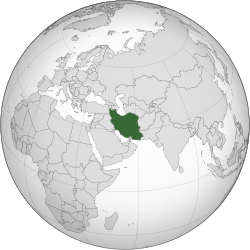 | |||||||||
| Capital and largest city | Tehran | ||||||||
| Official languages | Persian | ||||||||
| Religion | Shia Islam (official) [lower-alpha 1] Secular state (de facto) [lower-alpha 2] | ||||||||
| Demonym(s) | Persian (until 21 March 1935) Iranian (after 22 March 1935) | ||||||||
| Government | Unitary parliamentary constitutional monarchy (de jure) [lower-alpha 3] Unitary parliamentary semi-constitutional monarchy (de facto) [lower-alpha 4]
| ||||||||
| Shah | |||||||||
• 1925–1941 | Reza Shah Pahlavi | ||||||||
• 1941–1979 | Mohammad Reza Pahlavi | ||||||||
| Prime Minister | |||||||||
• 1925–1926 (first) | Mohammad Ali Foroughi | ||||||||
• 1979 (last) | Shapour Bakhtiar | ||||||||
| Legislature | National Consultative Assembly (as a unicameral legislature; 1925–1949) Parliament (as a bicameral legislature; 1949–1979) | ||||||||
| Senate | |||||||||
| National Consultative Assembly | |||||||||
| Historical era | Interwar period • Second World War • Cold War | ||||||||
• Constituent Assembly votes in Pahlavi dynasty | 15 December 1925 | ||||||||
| 25 August – 17 September 1941 | |||||||||
• Admitted to the United Nations | 24 October 1945 | ||||||||
| 19 August 1953 | |||||||||
• Joined CENTO | 3 November 1955 | ||||||||
| 26 January 1963 | |||||||||
• Disestablished | 11 february 1979 | ||||||||
| 11 February 1979 | |||||||||
| Area | |||||||||
• Total | 1,648,000 km2 (636,000 sq mi)(17) | ||||||||
| GDP (PPP) | 1972 estimate | ||||||||
• Per capita | US$571 ($4,123.38 as of 2023) [upper-alpha 1] [4] | ||||||||
| HDI (1975) | 0.561 medium | ||||||||
| Currency | Rial (ریال) (IRR) [4] | ||||||||
| ISO 3166 code | IR | ||||||||
| |||||||||
| |||||||||
Pahlavi Iran, officially the Imperial State of Persia until 1935 and the Imperial State of Iran from 1935 to 1979, [4] was the Iranian state under the rule of the Pahlavi dynasty. The Pahlavi dynasty was created in 1925 and lasted until 1979, when it was ousted as part of the Islamic Revolution, which ended Iran's continuous monarchy and established the current Islamic Republic of Iran.
Contents
- History
- Establishment
- World War II
- Cold War
- Collapse of the Monarchy
- Politics
- Legacy
- Human rights
- Corruption
- See also
- Notes
- References
The Pahlavis came to power in 1925 by Reza Shah, a former brigadier-general of the Persian Cossack Brigade, after Ahmad Shah Qajar, the last Iranian ruler under the Qajar dynasty, who proved unable to stop encroachments on Iranian sovereignty by the United Kingdom and the Soviet Union, the Allies of World War II, had his position extremely weakened by a military coup, and was formally removed from power in 1941 by parliament while he was in France following the Anglo-Soviet invasion of Iran. Iran's Majlis , convening as a constituent assembly on 12 December 1925, deposed the young Ahmad Shah Qajar and declared Reza Shah as the new shah of the Imperial State of Persia. In 1935, Reza Shah asked foreign delegates to use the endonym Iran instead of the exonym Persia when addressing the country in formal correspondence.
After Reza Shah was deposed, he was succeeded by his son, Mohammad Reza Pahlavi, who became the last Shah of Iran. By 1953, Mohammad Reza Pahlavi's rule became more autocratic and firmly aligned with the Western Bloc during the Cold War in the aftermath of the 1953 Iranian coup d'état, which was engineered by the United Kingdom and the United States. In correspondence with this reorientation of Iran's foreign policy, the country became an ally of the United States in order to act as a bulwark against Soviet ideological expansionism, and this gave the Shah the political capital to enact a hitherto unprecedented socio-economic program that would transform all aspects of Iranian life through the White Revolution. Consequently, Iran experienced prodigious success in all indicators, including literacy, health, and standard of living. However, by 1978, the Shah faced growing public discontent that culminated into a full-fledged popular revolutionary movement led by religious cleric Ruhollah Khomeini. Mohammed Reza Pahlavi went into exile with his family in January 1979, sparking a series of events that quickly led to the end of monarchy, and the establishment of the Islamic Republic on 31 March 1979. Following Mohammed Reza Pahlavi's death in 1980, his son, Reza Pahlavi, now leads the exiled family throne. [6]




